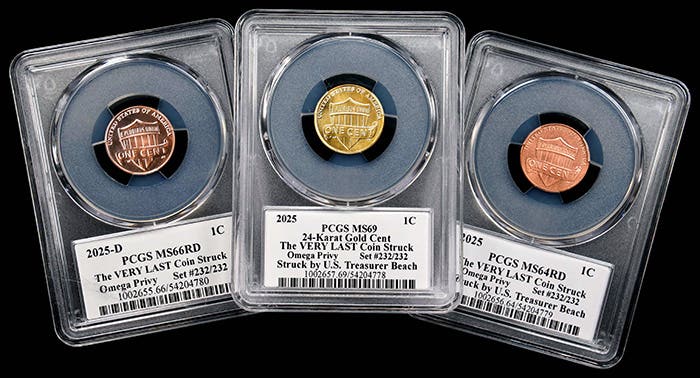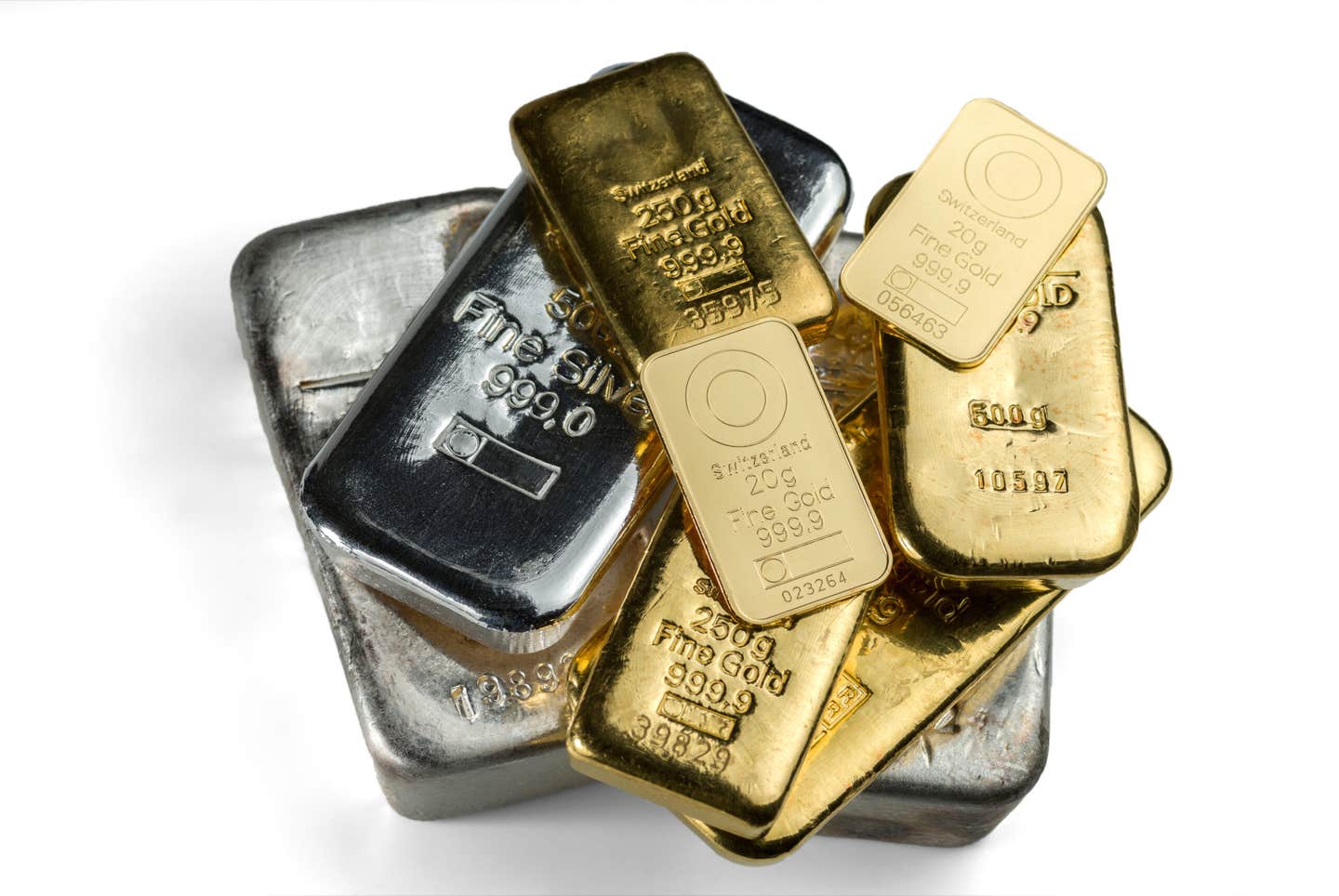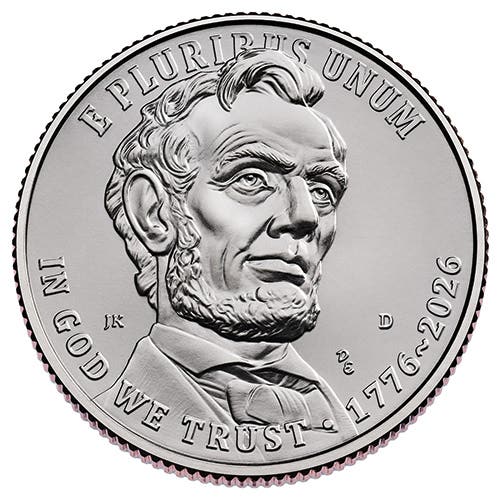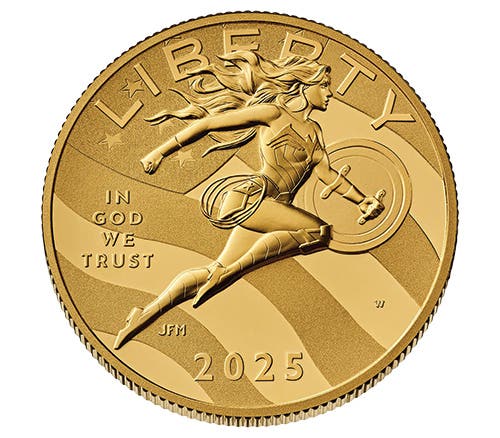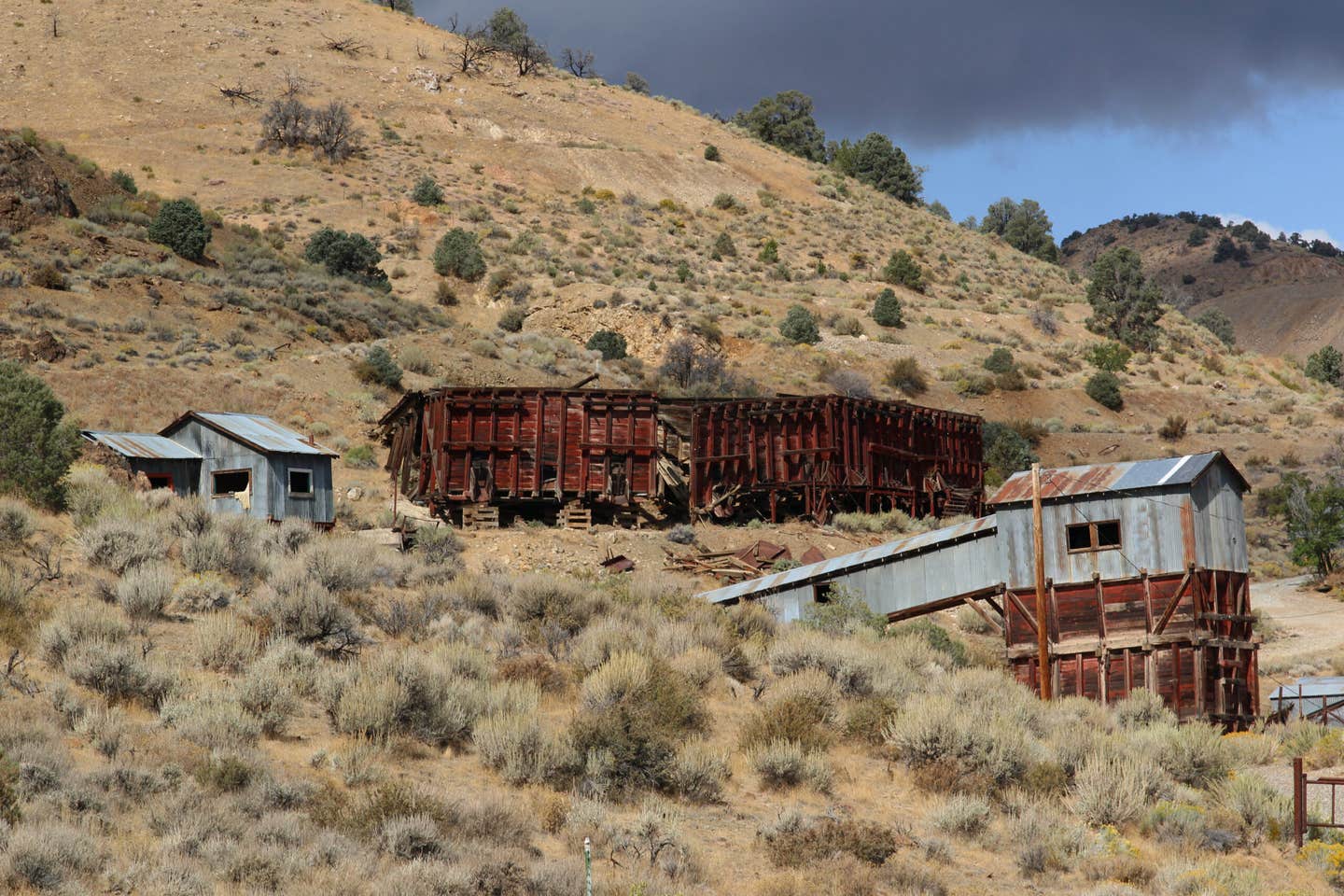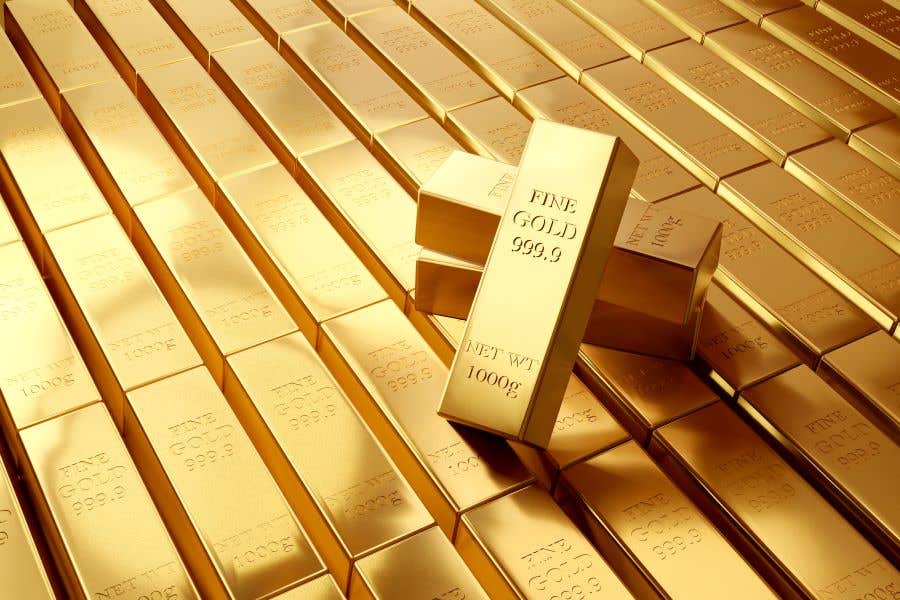What Will Be Hot Next?
Many collectors try to figure out what will be the coming hot numismatic items so that they might profitably add to their holdings today. Here are my general observations of…
Many collectors try to figure out what will be the coming hot numismatic items so that they might profitably add to their holdings today. Here are my general observations of factors that will tend to spark increased demand for coins and currency, which almost always lead to higher prices.
Whenever a country has implemented a major change in its coin or currency designs, that invariably sparks a surge in collector demand. Among the major changes in my lifetime that led to major increases in the number of numismatists were the introduction of the Kennedy silver half dollar in 1964 and the start of the U.S. Statehood quarter series in 1999.
As general prosperity rises in a nation, you tend to see an increase in numismatic demand. That has been happening in India and China over the past few decades.
As numismatic research expands and becomes more widely available, so do the number of collectors. The introduction of A Guidebook of United States Coins (Red Book) in the late 1940s certainly spread the access to information on U.S. coin scarcity to even the youngsters and adults with modest budgets. As research catalogs appeared with detailed information on U.S. paper money, you also saw an increase in the number of collectors in that niche. When a major reference book on particular series of coins comes out, that tends to stimulate greater interest and demand.
As information comes out about more obscure numismatic niches, that usually sparks greater collector interest. One of my associates over the decades has begun a series of collections in relatively narrow focused areas with few existing collectors. He then engaged in further research, which he published. Then, when the number of collectors grew for that material and prices rose, he sold out his holdings, usually at a nice profit.
You can also spark higher demand for gold and silver coins when the prices of the precious metals are rising.
Occasionally, a legal development can lead to a surge in demand. As one example, several years ago Russia was aggressively seeking to collect taxes on previously undeclared income. One loophole available to people to claim was that they had wealth passed down through the family – if their wealth was in the form of coins (especially gold) from the Czarist era that ended in 1917. As a result of this loophole, prices of relatively common Czarist gold coins soared from bullion-related levels to significant numismatic premiums.
When a new series of coins or currency appears, there tends to be a significant number of people who set aside high-quality specimens from the first year of issue. Although demand might initially be strong, later on it inevitably turns out that the relatively common availability of these issues (1909 VDB Lincoln cents, 1913 Type 1 Buffalo nickels, 1892 Barber dimes, quarters and half dollars, for example) keeps prices from appreciating as much as following year issues.
Some monetary changes actually generate so much collector demand at the time that the number of surviving specimens works against long-term appreciation. For instance, when the United Kingdom switched from pounds/shillings/pence to pounds and decimal coinage circa 1967-1971, so many uncirculated 1967 pennies were saved that they still have only minimal value.
Similarly, when the euro debuted over two decades ago, many people quickly converted their current national spending money into euros. But, other people, seeing how many coins were being redeemed, decided to hold onto the national coins thinking they might become rarities. In almost every instance, the coins that were displaced by the euros were saved in such large quantities that those who held on to them would have been better off to have converted their holdings into euros when they had the chance.
The same thinking by many people occurred when the U.S. Treasury stopped redeeming Silver Certificates for silver on June 24, 1968. Before the redemption ceased, the Treasury would exchange these Certificate for silver dollars (into 1964) and then silver granules. A tremendous quantity of Silver Certificates was redeemed, in part because the silver received toward the end was worth more than $1. However, so many Silver Certificates were never redeemed, including by people hoping they would become valuable rarities, that they have since lost purchasing power faster than their collectible value increased.
Part of the fun of being a numismatist is trying to anticipate the next hot market niche. There are many examples where this has happened, but also plenty of instances where it did not.
Patrick A. Heller was honored as a 2019 FUN Numismatic Ambassador. He is also the recipient of the American Numismatic Association 2018 Glenn Smedley Memorial Service Award, 2017 Exemplary Service Award, 2012 Harry Forman National Dealer of the Year Award and 2008 Presidential Award. Over the years, he has also been honored by the Numismatic Literary Guild (including twice in 2020), Professional Numismatists Guild, Industry Council for Tangible Assets and the Michigan State Numismatic Society. He is the communications officer of Liberty Coin Service in Lansing, Mich., and writes Liberty’s Outlook, a monthly newsletter on rare coins and precious metals subjects. Past newsletter issues can be viewed at www.libertycoinservice.com. Some of his radio commentaries titled “Things You ‘Know’ That Just Aren’t So, And Important News You Need To Know” can be heard at 8:45 a.m. Wednesday and Friday mornings on 1320-AM WILS in Lansing (which streams live and becomes part of the audio archives posted at www.1320wils.com).




